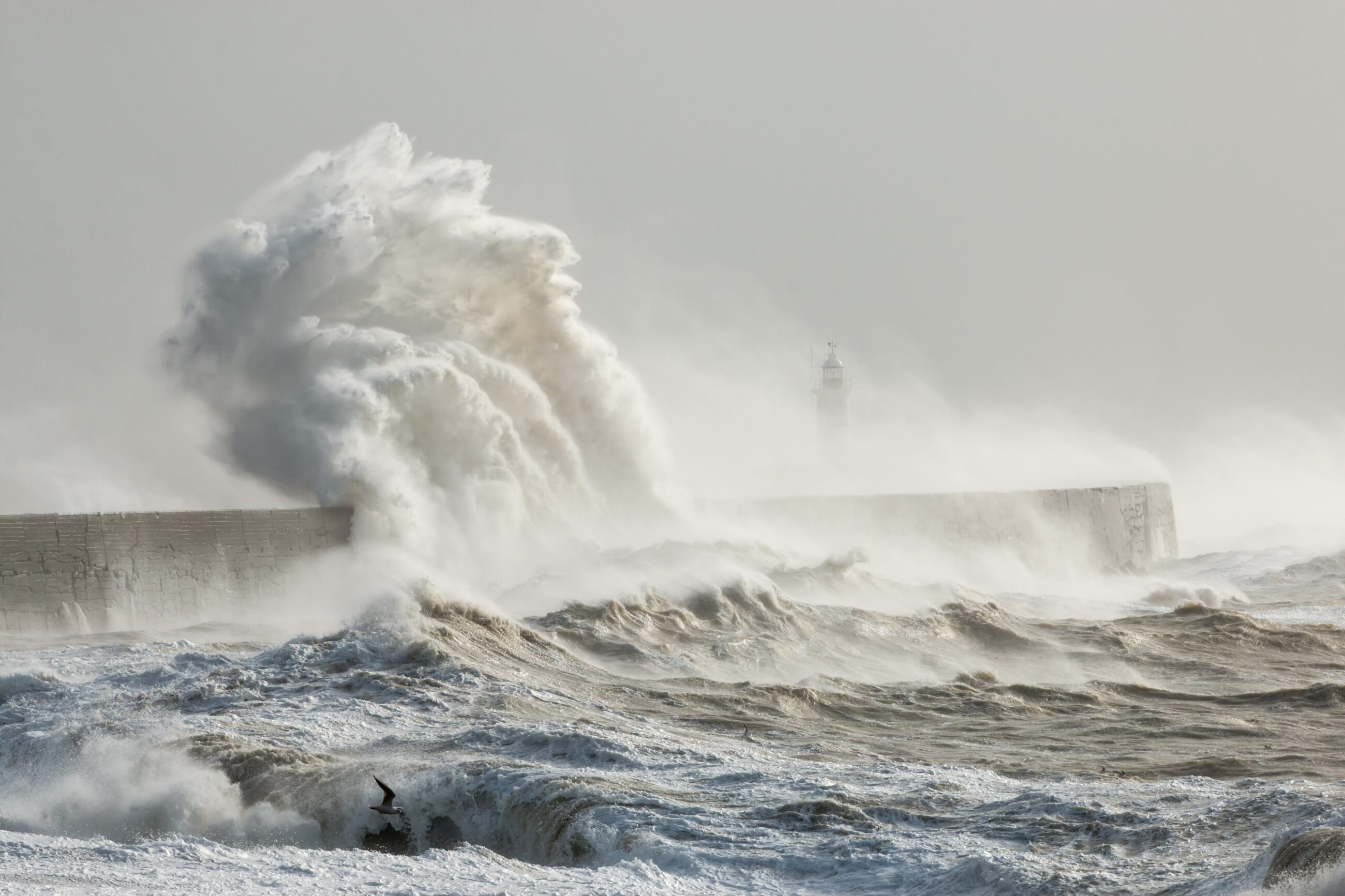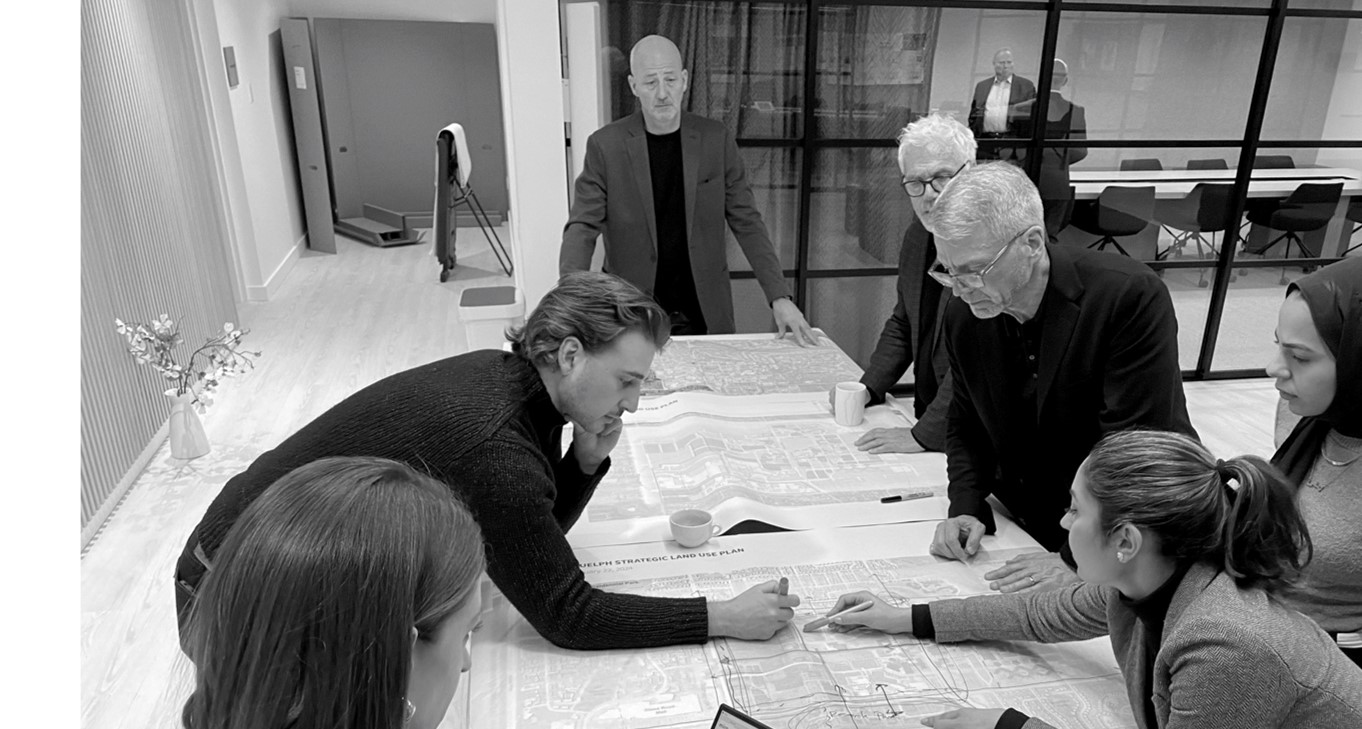A Protocol for Organizations and Communities
As communities around the world grapple with the realities of climate change, a powerful new tool is set to help architects, planners, and municipalities design a safer, more resilient built environment. The R.E.A.C.H. Protocol – DIALOG’s new practical framework for climate adaptation planning – was unveiled by DIALOG Partner and Architect Craig Applegath and Associate and Senior Urban Designer Khatereh Baharikhoob at the 2025 Ontario Association of Architects (OAA) Conference.
What is the R.E.A.C.H. Protocol?
R.E.A.C.H. is an acronym that outlines five core steps to develop climate adaptation strategies:
- Readiness: Establish a deep understanding of the project’s environmental, social, and cultural context. This includes collecting relevant site or community data and identifying key stakeholders and their goals for climate adaptation.
- Extent: Define the probability and severity of climate hazards, using tools like the Climate Atlas of Canada to assess projected climate drivers such as heatwaves, flooding, or sea level rise.
- Adapt: Develop adaptation strategies tailored to specific hazards and informed by stakeholder input. Approaches typically fall under four categories: Avoid, Protect, Accommodate, or Retreat.
- Consult: Engage stakeholders through meaningful consultation to gather feedback, foster ongoing engagement and ensure that strategies reflect local needs.
- Harmonize: Align adaptation strategies with zoning, capital planning, and building codes to support long-term implementation and sustainability.
Craig and Khatereh demonstrated how the protocol can be implemented using a case study of Sechelt, a coastal community on British Columbia’s Sunshine Coast, that is actively preparing to deal with one of the most pressing climate hazards: rising sea levels and urban flooding.
Adaptation in Action
During the COVID-19 pandemic, Craig and Khatereh led a virtual climate adaptation workshop for the Sechelt Board of Trade. The goal was to help the community plan for rising sea levels that could submerge its downtown core by 2100 – including the Trans Canada Highway and waterfront.
In advance of the workshop, they developed a “Climate Adaptation Handbook for Sea Level Rise” to prepare Sechelt’s stakeholders. Using the R.E.A.C.H. framework, the team explored four adaptation scenarios, ranging from doing nothing to full-scale protection via seawalls. The most effective and realistic outcome involved a hybrid approach that prioritized the protection of critical infrastructure like the wastewater treatment plant and the hydro corridor, while retreating from flood-prone areas and exploring new housing solutions that are modular and moveable.
Other findings that were highlighted include hyper-local innovation like kelp farming, which can reduce the effects of storm surges on coastal communities.
Why it Matters
The Sechelt case study is more than a coastal planning exercise. It illustrates challenges faced by communities across Canada and beyond. In this case, and others like it, the R.E.A.C.H. protocol can offer a replicable process for architects, engineers, and municipal leaders to follow that promotes critical thinking and contingency planning as they confront a future increasingly defined by climate change.
“We are living in a new climate reality,” Craig says. “But with models like R.E.A.C.H., professionals have a way forward. One that blends evidence-based design, community voices, and proactive planning.”
The R.E.A.C.H. protocol is the product of a collaborative effort involving many committed individuals and organizations. For more on the R.E.A.C.H. protocol or to contribute feedback, contact reach@dialogdesign.ca.



